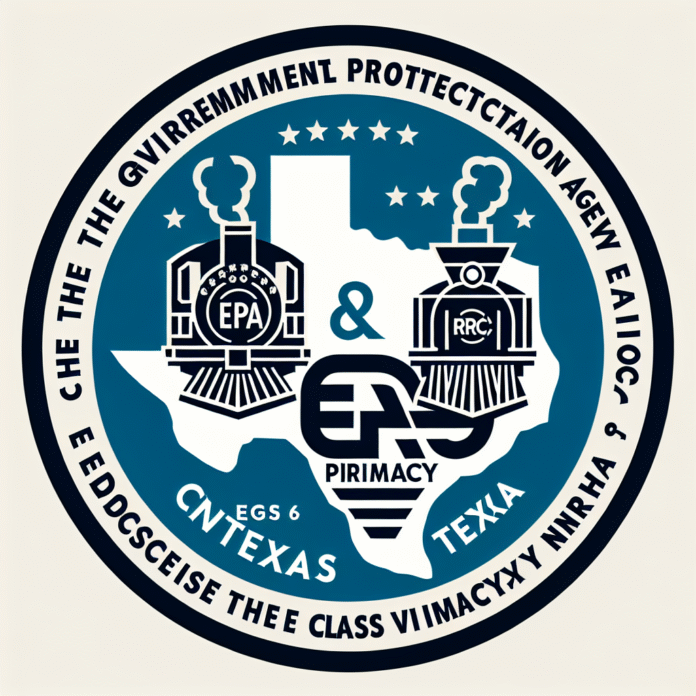EPA Region 6 and RRC Sign MOA for Class VI Primacy in Texas
EPA Region 6 Establishes Memorandum of Agreement with RRC to Advance Class VI Primacy in Texas
In a significant development for environmental regulation and carbon management in Texas, the Environmental Protection Agency (EPA) Region 6 has signed a Memorandum of Agreement (MOA) with the Railroad Commission of Texas (RRC). This partnership aims to facilitate the implementation of Class VI primacy, which governs the underground injection of carbon dioxide (CO2) for geologic sequestration.
Understanding Class VI Wells
Class VI wells are a crucial component of efforts to combat climate change by enabling the safe storage of carbon emissions underground. These wells are designed to inject CO2 into deep geological formations, preventing it from entering the atmosphere. The establishment of Class VI primacy in Texas is expected to streamline the regulatory process for carbon capture and storage (CCS) projects, thereby promoting investment and innovation in this field.
The Role of the EPA and RRC
The EPA oversees the regulation of underground injection practices across the United States, while the RRC is responsible for the management of oil and gas resources in Texas, including the regulation of injection wells. The MOA signifies a collaborative effort between federal and state agencies, allowing the RRC to take the lead on permitting and overseeing Class VI wells within Texas. This approach not only enhances efficiency but also helps to tailor regulations to the specific geological and economic conditions of the state.
Implications for Texas and Beyond
This agreement comes at a critical time as Texas positions itself as a leader in energy transition and sustainability initiatives. With its vast geological formations suitable for CO2 storage, the state has the potential to become a hub for CCS technology, attracting investments and driving economic growth. Increased Class VI well approvals could lead to enhanced participation in carbon markets and create opportunities for businesses focused on reducing their carbon footprint.
Future Developments in Carbon Management
As the world grapples with the impacts of climate change, the need for effective carbon management solutions has never been more urgent. The collaboration between the EPA and RRC sets a precedent for other states considering similar initiatives. By establishing clear guidelines and regulatory frameworks, this MOA could serve as a model for advancing CCS efforts nationwide.
In summary, the signing of the MOA between EPA Region 6 and the RRC marks a pivotal step towards achieving Class VI primacy in Texas. This partnership not only underscores the state’s commitment to environmental stewardship but also positions Texas as a leader in the burgeoning field of carbon capture and storage.
